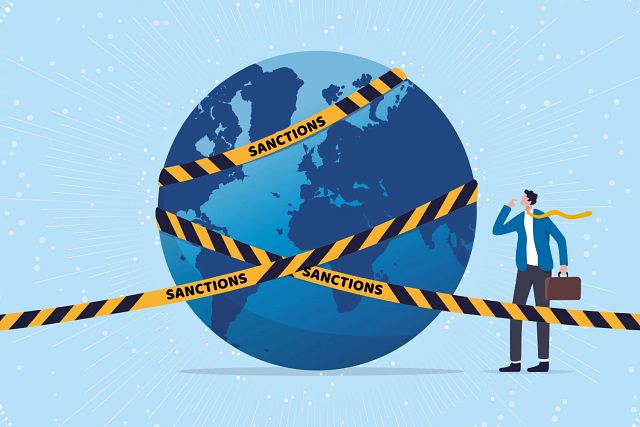Latest Blogs
How Risk Managers Benefit from Using Quality Data
When it comes to the data used for predictive modeling and risk management, you can’t afford to leave anything to chance. Risk managers today have an ever-increasing number of AI applications and risk...
The Changing Roles of Risk Managers in the Age of Data, Technology...
Risk management is paramount to the upkeep and success of a business. To make sure you are staying compliant, you should continuously check all operations for potential pitfalls, like illegal trades or...
The Cost of Low-Quality Data for Decision Intelligence
In the quest to achieve unrivaled business growth, organizations show increasing interest in Decision Intelligence (DI) . Whether you use DI to augment, recommend, or automate decisions, the effectiveness...
Nexis Diligence+™︎: Taking Your Due Diligence to a Higher Le...
When it comes to business, it’s important to have high standards—especially when evaluating risk and protecting your reputation. To do so requires a comprehensive due diligence process that’s powered by...
9 Steps For Better Third-Party Anti-Bribery and Corruption Due...
Companies operating in today’s global business environment must navigate ever-strengthening anti-bribery and corruption regulations. Some of the most significant recent enforcement actions against companies...

The sanctions landscape has undergone a swift change since February 21st. as world leaders acted with unprecedented speed and resolve to the invasion of Ukraine. As the Center for Strategic & International Studies (CSIS) noted recently, the invasion “… galvanized a united response from U.S. partners around the world. The European Union, United Kingdom, Canada, Australia, Japan, South Korea, and Taiwan have all announced their own sanctions and export controls.” As the list of sanctions continues to expand, organizations face a serious risk management challenge
Sanctions due diligence has always been an integral component of risk management, most visibly among financial services organizations. But reliance on complex supply chains and other third-party networks increases exposure to companies across many industries, -making sanctions compliance more essential than ever.
Sanctions casting a wide net
How can organizations mitigate potential financial and reputational risks of compliance failures when the list of sanctions, specially designated nationals (SDNs), and politically exposed persons (PEPs) is rapidly changing? In addition to monitoring for new economic and trade sanctions at a country level, organizations need to screen for entities which may include companies and individuals.
- Perform a sanctions risk assessment today. Even if you have a robust due diligence and risk monitoring process in place, the evolving sanctions landscape means it is important to periodically review your risk-based approach to regulatory compliance.
- Reinforce your due diligence with comprehensive data access. It’s not just sanctions, PEPs and watchlists that matter. To help support an enhanced due diligence process, you should also consider beneficial ownership and checks for negative news information. Using multiple sources and a broad data set to research companies ensures informed decision-making in a situation where sanctioning bodies are adding affected entities quickly.
- Implement continuous sanctions monitoring. Obviously, this is a fluid situation. You can’t just check the box and move on. As countries continue to expand sanctions, companies need to stay on top of changes. Alerts and ongoing monitoring surfaces new sanctions announcements, making it easier to quickly see red flags and respond proactively.
Are you missing important sources to mitigate sanctions compliance risk? Learn more about the sanctions data available in Nexis Diligence™, BatchNameCheck, Nexis® Entity Insight and Nexis® Data as a Service.